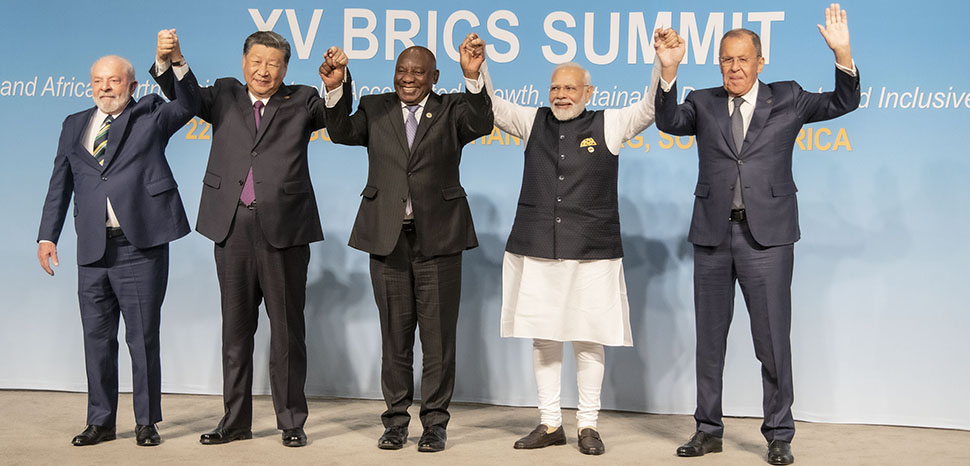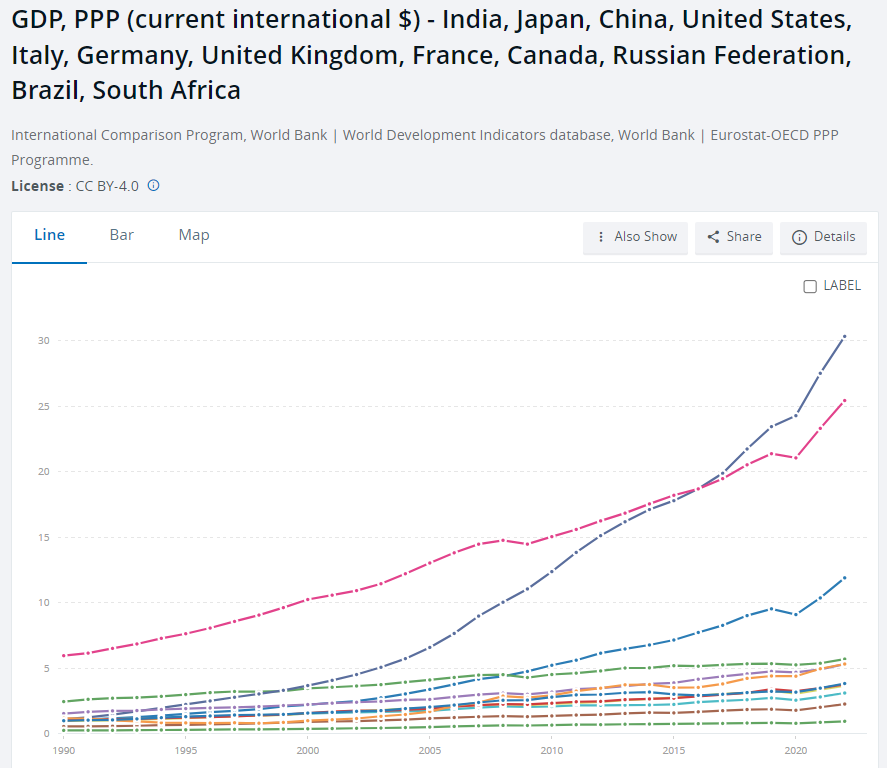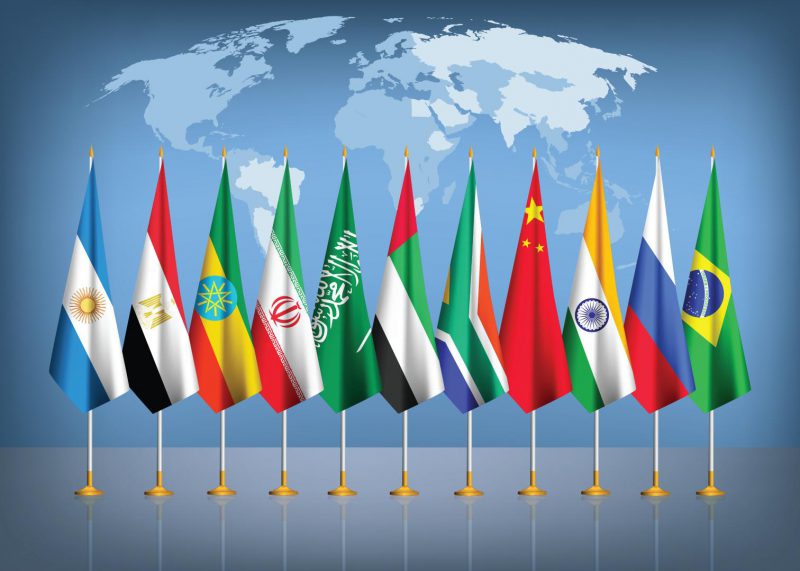BRICS is now a nine-member bloc consisting of Brazil, Russia, India, China, South Africa, the UAE, Egypt, Iran, and Ethiopia. Also, Saudi Arabia is invited to join the alliance but the Kingdom has yet to decide on entering the bloc. Saudi Arabia’s induction will further strengthen BRICS and have larger control of the global oil supply and global GDP. Read here to know why Saudi Arabia is taking the time to join the alliance.
Also Read: BRICS: China Enters Western Territory, Buys Gold Company With Hard Cash
The bloc is advancing to de-dollarize the world and keep local currencies at the center of all global cross-border transactions. Read here to know how many sectors in the US will be affected if BRICS ditches the dollar for trade. The next decade could be different as a paradigm shift in the world’s economy could take place.
BRICS GDP Could Reach 37% of the World’s Economy, The G7 Nations’ GDP At 28%


Russia’s President Vladimir Putin said in a latest conference that BRICS could control 37% of the world’s GDP in 2028. He added that the G7 bloc of Western countries’ global GDP power will fall much below 28%. The move could begin to shift power from the West to the East making developing countries sit in the driver’s seat of the global economy.
Also Read: BRICS Prepares to Launch Currency in 2024


“So in 2028, the BRICS countries, taking into account the countries that have recently become members of this association, will create about 37% of the global GDP, while the index of the G7 will fall below 28%,” said Putin.
Also Read: BRICS Sign Historic $35 Billion Development Deal
The BRICS countries’ native economies are growing at a rapid pace this decade. India’s GDP is nearing the $4 trillion mark and is only $350 billion behind Germany. If India’s economy grows a projected 7% every year, it could become the third-largest economy in the world. The development will make it beat G7 members Germany and Japan. India has already put the UK behind in GDP growth.





